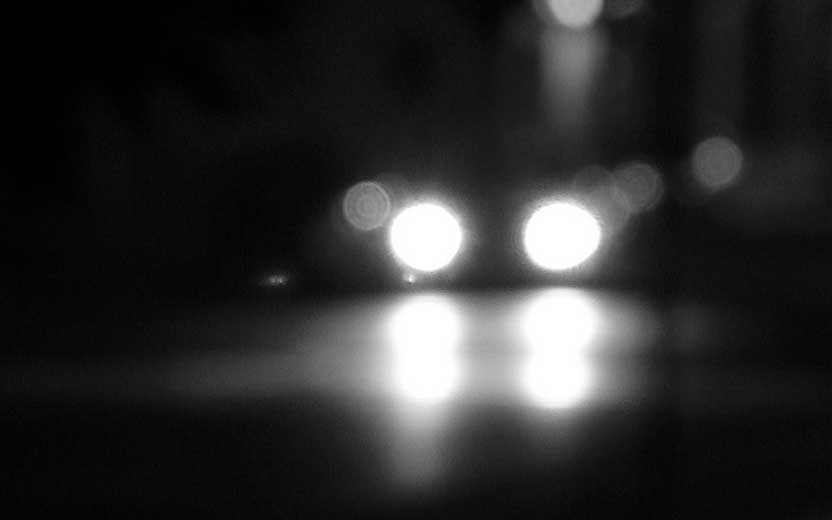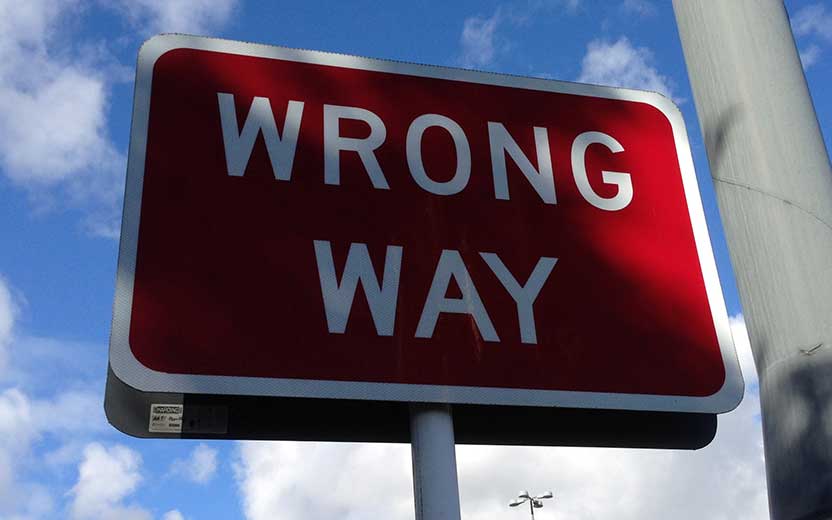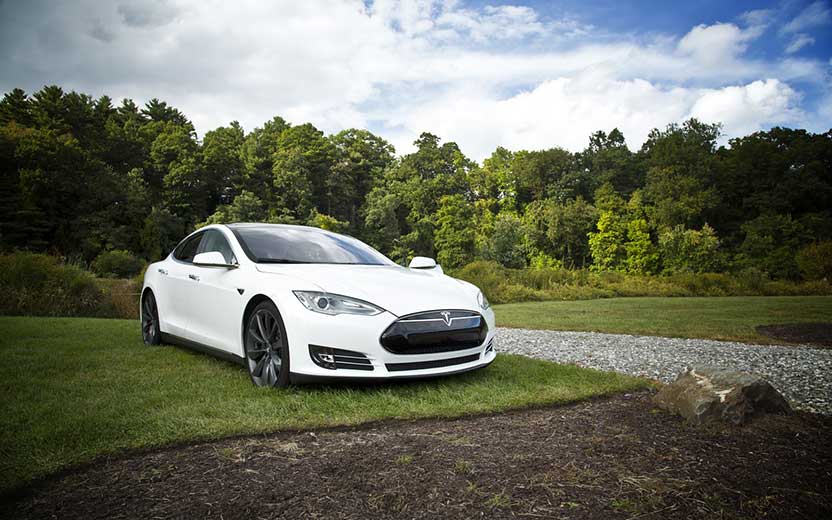By Marcus Fernandez
Drivers who are the cause of a blind spot accident don’t expect another vehicle or person to be in their way. They just don’t see them because their full field of vision is usually blocked by part of their own vehicle. It might be blocked by a pillar next to the windshield, a pillar between the front door and back door of a vehicle or even the rear pillar. Blind spots even exist at the front and rear ends of a vehicle. They’re also caused by height. The higher that a vehicle sits, the larger the blind spots directly to the sides of the driver become. Even the height of a driver can figure into the size of a blind spot. Taller drivers might have difficulty seeing certain areas around a vehicle, while shorter drivers experience difficulty seeing areas that are visible to taller drivers.
Types of Collisions
According to the National Highway Transportation Safety Administration, more than 800,000 blind spot crashes occur in the United States every year. More than 300 fatalities result from those crashes. Most of these collisions consist of lane changes and left-turn accidents. A significant percentage also consists of crashes when a driver was backing in reverse and that vehicle impacted with the side of another vehicle, a bicyclist, a pedestrian or a stationary object. Some other common types of blind spot accidents follow:
- Merging onto a highway from an on-ramp.
- Leaving a highway too late to properly use an off-ramp.
- Drivers drifting out of their own lanes.
- Driving in the blind spot of any vehicle, especially a large truck.
Prevention of Blind Spot Crashes
Drivers will reduce the chances of being in a blind spot crash by driving defensively. That means, making sure that their mirrors are properly adjusted for that particular driver. You’ll see many truck drivers with convex mirrors. There’s a reason for those mirrors. They provide a wider field of vision around the vehicle. Smaller blind spot mirrors are also available. A quick look over a shoulder before making a lane change might offer better protection than any mirror. Drivers also need to exercise a sense of awareness and note when a vehicle enters into their blind spot area or when they enter into the blind spot area of another driver. Simply slowing down might help prevent an accident. Once a driver does so, a vehicle that was previously in its blind spot is likely to come into view.
Technology
Onboard electronic warning systems have been developed for blind spots, and they’re optional on most passenger cars. They’re designed to be installed in side mirrors and rear bumpers. If a car is sensed in a driver’s blind spot, a light on that side will illuminate. If the driver with the sensors starts to make a lane change or drift over to the side where the other driver is in the blind spot is, the light might blink. Some systems even provide an audible warning. This technology is designed primarily for highway use and not for city streets. They might not detect motorcycles or similarly sized objects.
If you were injured in an accident with a driver who failed to check their blind spot, call 911 right away to report the crash and ask that police and paramedics be sent to the scene. Both the investigating officer and the paramedics will make reports, and the paramedics can take you to a nearby emergency room. These reports will be pivotal in verifying the crash and the injuries suffered in it. After that, contact and retain an experienced and respected car accident lawyer who will represent your best interests. Remember that most drivers who caused accidents never knew that the other vehicle was in their blind spot until it was too late.


